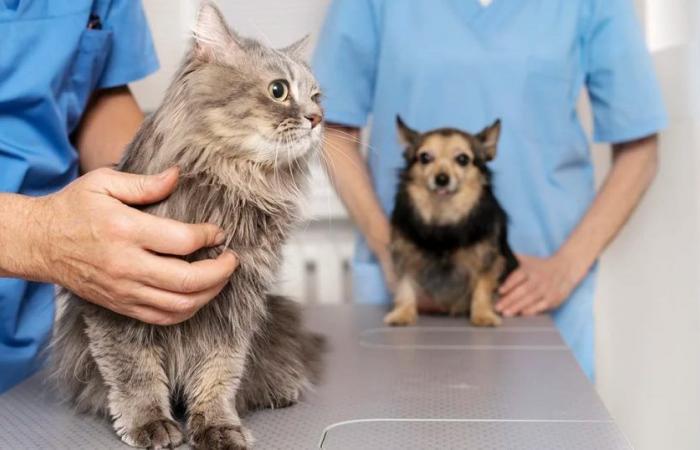The European Council announced this Wednesday its intention to establish minimum standards at community level to improve the dog and cat welfare. The law will set minimum standards for ensuring animal welfare in pet shops, breeding centres and shelters. “Many Europeans have a great love for animals,” said the head of the Flemish government (Belgium) and Minister for Animal Welfare, Ben Weyts, in a statement. “Today the EU shows that animal welfare can also be at the forefront of politics,” he added.
The proposal, made by the Committee of Permanent Representatives of the Governments of the Member States of the European Union (Coreper), has the objective of improve the quality of life of dogs and cats that are cared for by breeders, pet stores and shelters. In turn, it will seek to improve consumer protection, ensure fair competition and combat illegal pet trafficking.
Currently, there are more than 72 million dogs and more than 83 million cats in the countries of the European Union: it is estimated that the sales market for these pets reaches 1.3 billion euros annually. According to the Eurobarometer, 74% of Europeans believe that pets should be protected, but current Community legislation only applies to dogs and cats that are used for scientific purposes or transported for commercial reasons, as well as for the prevention of rabies and other diseases.
This new legislation will impose minimum standards to achieve harmonization of the rules established in the member countries. The European Council assures that the proposal “does not impact pet owners”. “However, anyone who wants to put a dog or cat on the EU market will have to ensure that it has a microchip.” The text agreed this Wednesday must be negotiated with the European Parliament before being finally approved.
The future regulations, as agreed this Wednesday, will regulate the breeding of these animals and prohibit practices such as inbreeding in hatcheries (between parents and children, siblings, etc.) or mixing with wild species. Those animals that have had two cesarean sections cannot be used for procreation. Establishments dedicated to these activities will need authorizations and pass an inspection when they have three female cats or dogs that produce two litters or less per year.
Also mutilations are prohibited such as ear and tail cropping or claw removal, unless it is medically justified. Animals that have been subjected to these practices or have extreme malformations will be excluded from competitions and animal exhibitions. They may not be used for breeding either.
Kennels, shelters and pet stores must provide sufficient food and fresh water, as well as adequate housing conditions. It will be mandatory for these pets to be microchipped and registered in a national database “before being sold or donated.” These databases will be interoperable with those of other European countries. Likewise, they must ensure frequent visits from veterinarians and they will not be able to abandon them. At the time of sale or donation, they will have to educate future owners to be responsible with their dogs and/or cats.
The Council has assured that identical or equivalent standards will be imposed on imports of these animals.






